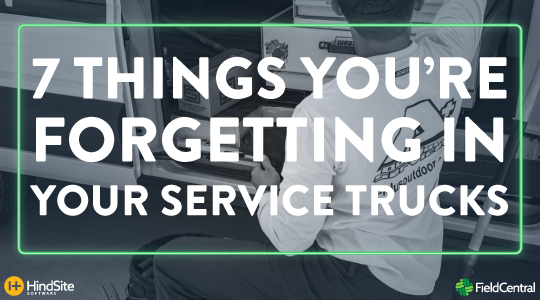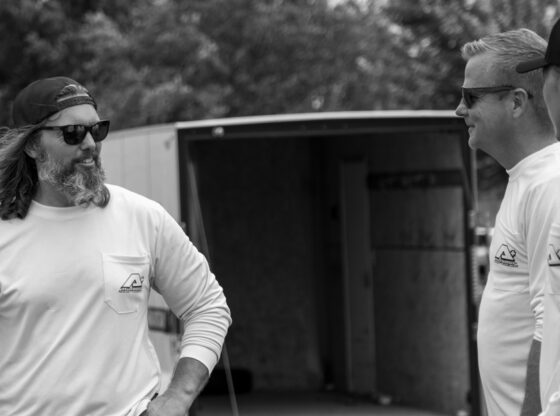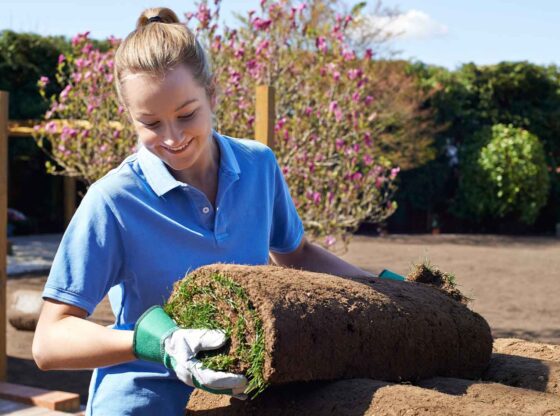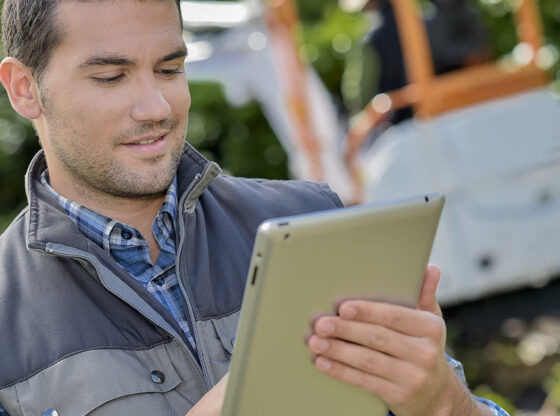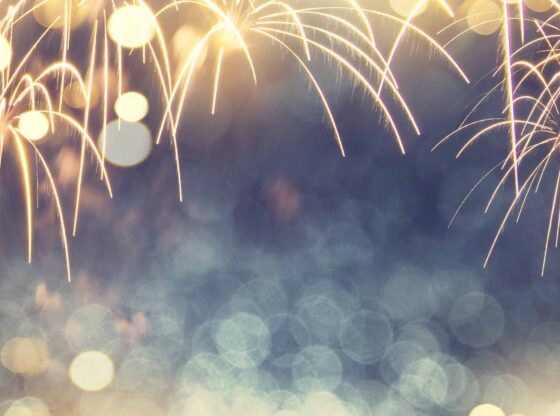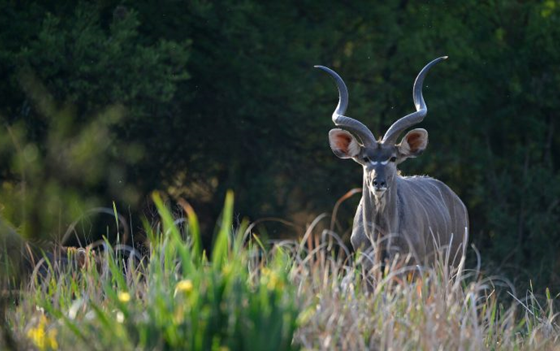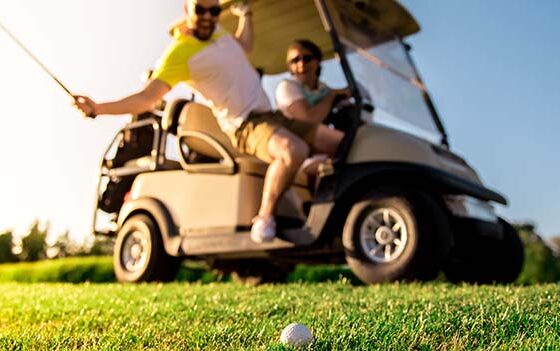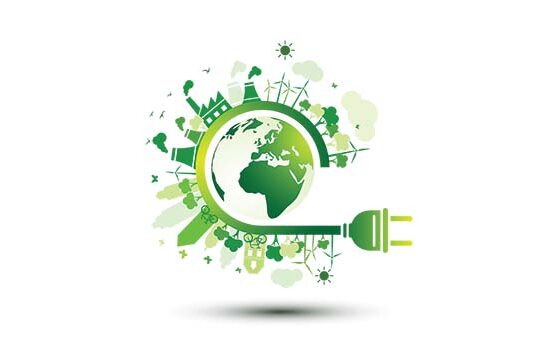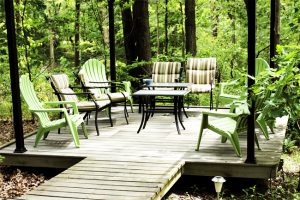 Several years ago a trend developed among landscape buyers to move indoor living to the outdoors. The recession was like a shot of steroids to this movement as people decided they will be living in their home a long time and the cost of travel meant enjoying their home instead of taking vacations. The general acceptance of “sustainability” has added more fuel.
Several years ago a trend developed among landscape buyers to move indoor living to the outdoors. The recession was like a shot of steroids to this movement as people decided they will be living in their home a long time and the cost of travel meant enjoying their home instead of taking vacations. The general acceptance of “sustainability” has added more fuel.
The outdoor living trend is settled in and here to stay, likely for a while at least. All the features people want in their outdoor space can be classified as enjoyment or sustainability.
Enjoyment features are those people have always wanted. They want a place to escape the rat race. A place fostering joy with family and friends. And, a place to enjoy the things they are interested in.
Less grass
While getting rid of lawns is the rage in arid States, lawns are a deep part of the Midwest culture. Partly because our yards are so big and partly because grasslands and prairies are normal around here. But so are woods and thickets.
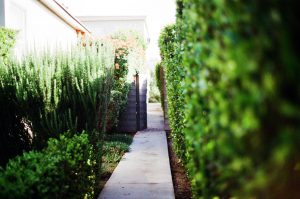 More homes and commercial properties are being designed or renovated to include more trees and plantings areas. The natural look is popular here just as it is out west. Less grass has some benefits, such as less irrigation water, less chemicals and treatments, and sometimes less maintenance.
More homes and commercial properties are being designed or renovated to include more trees and plantings areas. The natural look is popular here just as it is out west. Less grass has some benefits, such as less irrigation water, less chemicals and treatments, and sometimes less maintenance.
Which leads to the next trend . . . .
Sustainable landscapes
What is meant by sustainable is a landscape that requires less time and inputs to maintain. 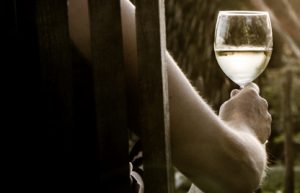 Ask follow up questions to homeowners and you find it’s the time thing that excites them the most. They want to reduce the time it takes to maintain their yard.
Ask follow up questions to homeowners and you find it’s the time thing that excites them the most. They want to reduce the time it takes to maintain their yard.
Sustainable also means saving resources and not polluting. Eliminating run-off is big, especially in urban areas with water treatment issues. So proper grading, drainage, water harvesting/retention, and irrigation management is important.
Also, reduced use of fertilizers and chemicals. Organics are getting interest. But most just don’t want to apply anything they don’t have to.
Saving water
Reducing irrigation water lets a property owner claim they are being green. But it also saves them money. Renovating irrigation systems to be water saving is a big trend even here in the Midwest. The good news for contractors is that such renovations will usually pay for themselves in 1 to 3 years. So it a win-win for the property owner and the contractor.
Pressure regulated sprinklers, micro-irrigation, and site aware controllers are the main products being used. Updating the system to have higher Distribution Uniformity (DU) and scheduled to meet plant water requirements are the practices contractors must learn.
Rain Water
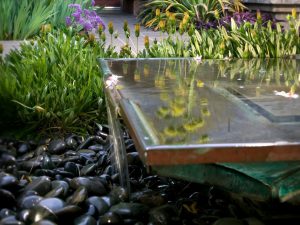 Nothing new about the desire for water features. People have loved them for centuries. Since the recession, demand for water features has shifted from large ponds and falls to smaller features that often do not include a pond. Cost was the big issue however reduced maintenance is also important.
Nothing new about the desire for water features. People have loved them for centuries. Since the recession, demand for water features has shifted from large ponds and falls to smaller features that often do not include a pond. Cost was the big issue however reduced maintenance is also important.
Another shift is happening. Many cities around the Midwest have a sewage treatment problem. One of their tactics to rectify the issue is promoting retention of rainwater on properties. This is fueling the rainwater retention movement in these parts. In other areas of the country the cost and availability of water has been the driving force.
Rainwater Retention
So, water features are now blended in with rainwater retention. Not a bad plan. Rain water retention normally means holding the rainfall on the property to allow it time for infiltration 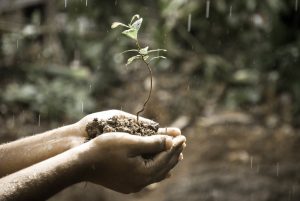 or long enough to let the surge pass before being released into the sewage system.
or long enough to let the surge pass before being released into the sewage system.
Now people are looking at using the rainwater they capture for irrigation. Storage volume is the problem. Example to irrigate a 1/3rd of acre of turfgrass means a requirement for 14,374 gallons per week during July and August. Few homeowners will have room for a storage tank large enough and when irrigation water is needed there is typically insufficient rainfall to replenish the tank.
But there might be enough to water high value trees, ornamentals, perennial beds, and vegetable gardens via low volume or drip irrigation.
Rain Gardens are another adaptation. In low areas where water tends to collect anyway, gardens are planted using plant material that can survive being flooded for a day or two. Well installed rain gardens simply look like nice planting beds thus adding to the beauty of the landscape.
Landscapers doing hardscapes field more requests for permeable paving and many are suggesting it to their customers. Since normal paving will cause run-off, permeable paving allows rainwater to be collected and shifted to storage or infiltration areas.
Critters and Bugs
Homeowners like landscape plantings that attract bird and some insects. Wildlife are commonly welcomed into the yard now. Wildlife are an integral part of the natural landscape and we do need them.
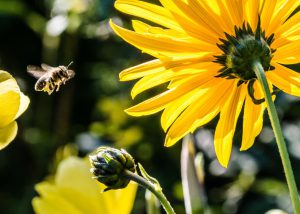 Bees, butterfly’s, etc are welcome, but mosquitoes, wasps, chiggers, and no see-ums are not. A dilemma. What attracts the wanted often attracts the unwanted. Learn to use insect repellants to push back the unwanted. Products are available to spread repellents through the irrigation system or fixtures mounted around patios.
Bees, butterfly’s, etc are welcome, but mosquitoes, wasps, chiggers, and no see-ums are not. A dilemma. What attracts the wanted often attracts the unwanted. Learn to use insect repellants to push back the unwanted. Products are available to spread repellents through the irrigation system or fixtures mounted around patios.
Learn which plants attract birds. Everyone likes birds.
Not all wildlife play well a residential landscape. Learning how to plant to withstand deer, groundhogs, and raccoons is a talent. People like seeing those cute deer until they eat up all their hostas. Then Bambi becomes a problem.
Native plants also fit since the local wildlife are adapted to them. Use of native plants is promoted as a way of reducing irrigation and chemical need. They also fit well into the naturalized look.
Continue reading Part 2 Enjoyment Features here.


